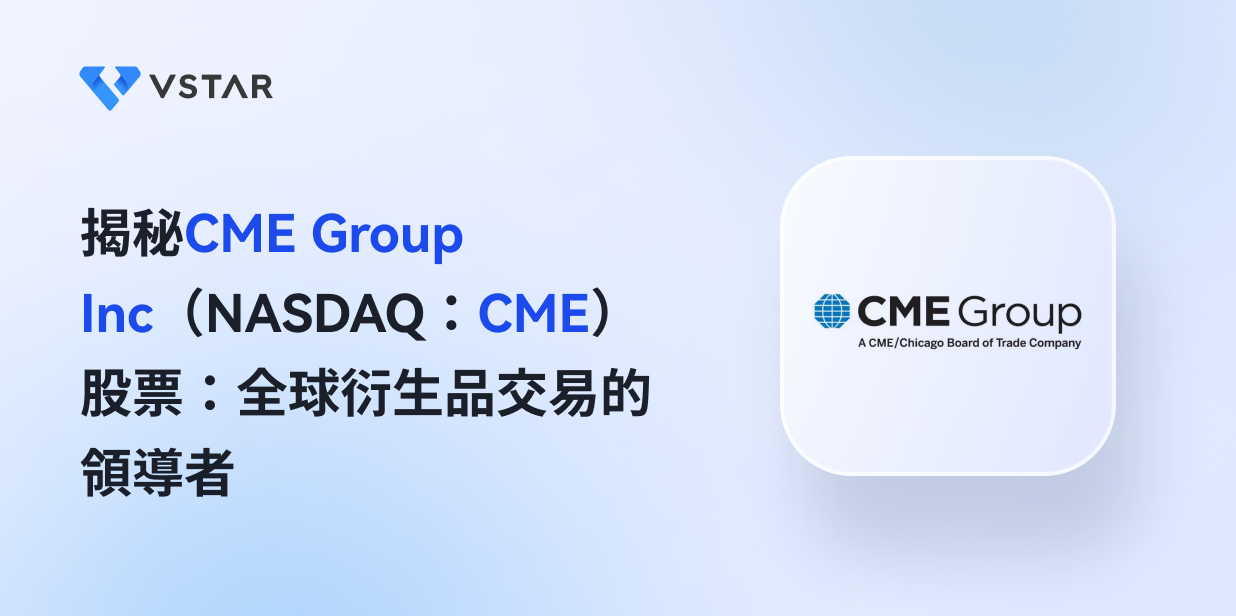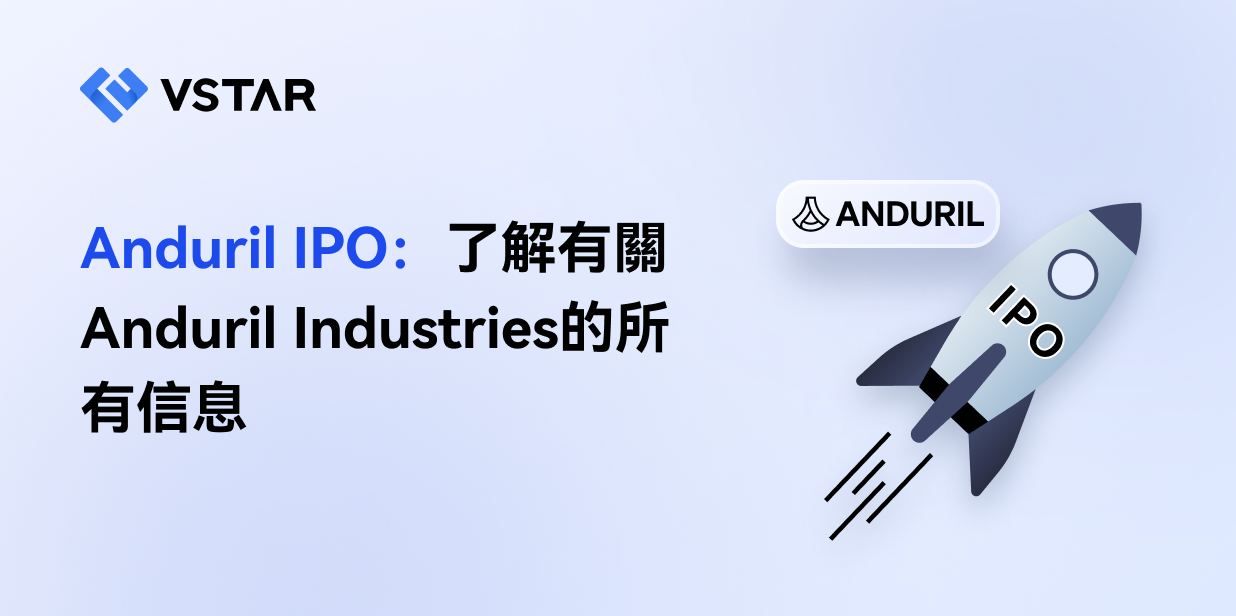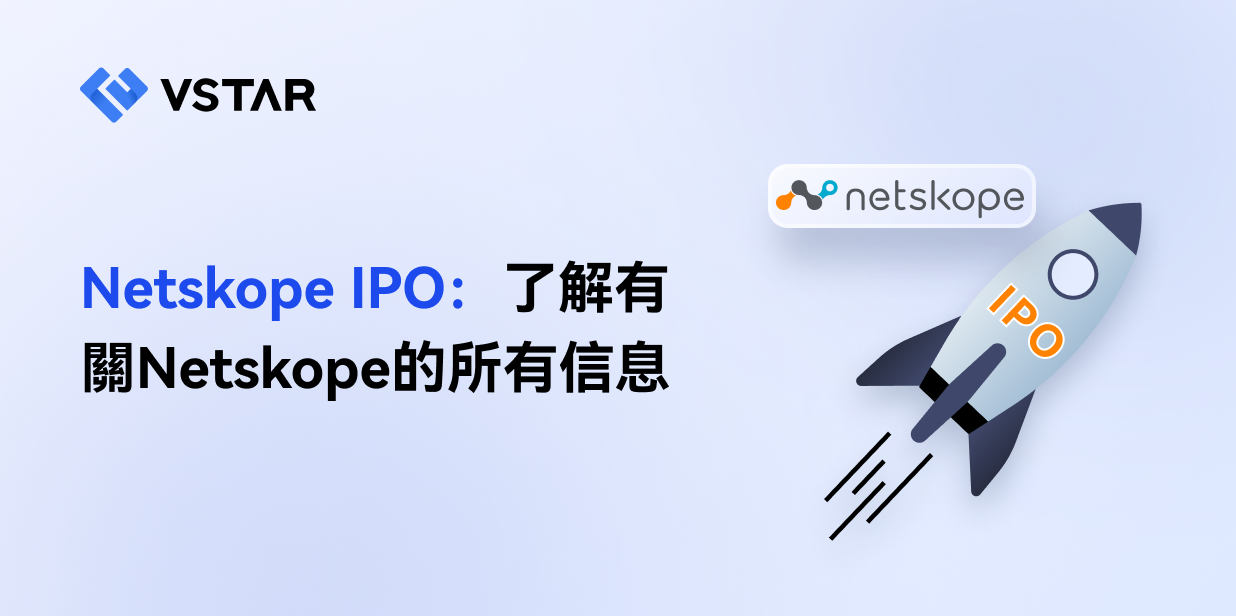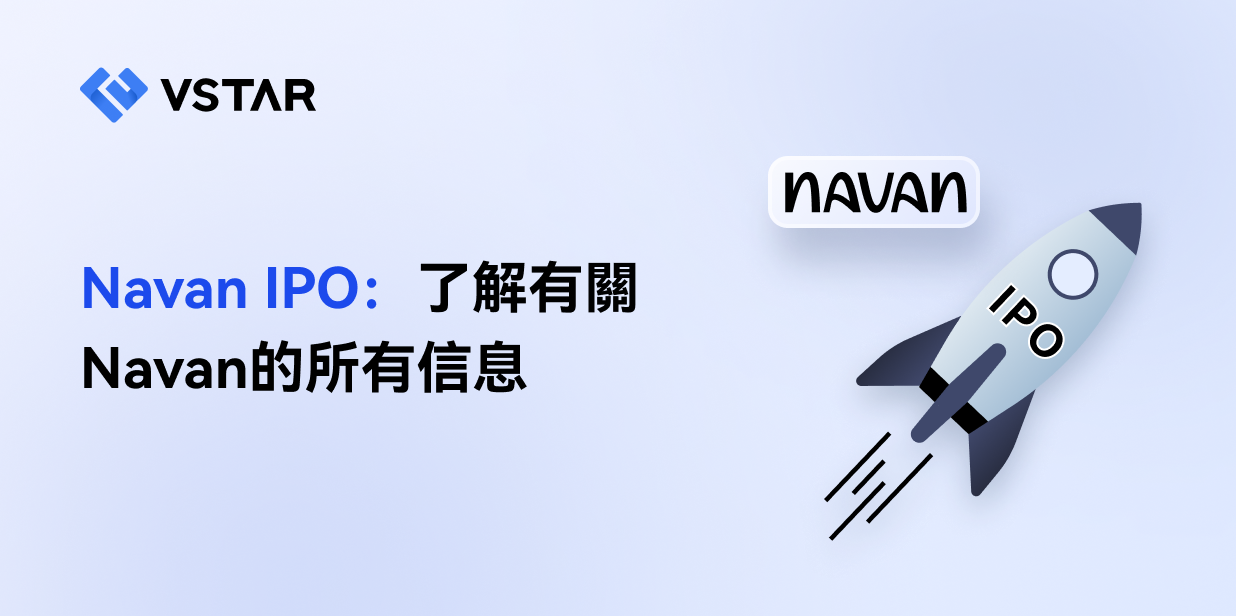芝商所已製定計劃,增加WTI原油的選擇,包括週一和周三的到期日。經監管部門批准,該舉措將於2023年7月31日啟動,增強交易靈活性並提供更多對沖機會,可能會吸引更廣泛的市場參與者。
此外,芝商所擴大了其加密貨幣期權範圍,涵蓋標準和微型比特幣和以太坊合約。從而提高多功能性,並為交易者在動態加密貨幣領域提供更多控制和機會。這反過來又增強了芝商所在快速增長行業中的吸引力。
上述所有隻是最近的事態發展,不僅僅表明芝商所股票對於投資者和交易者來說是一個非常可行的投資機會。然而,在我們更深入地研究CML股票並回答以下問題之前,“CME股票是一項良好的長期投資嗎?”以及“現在是購買芝商所股票的好時機嗎?”讓我們快速瀏覽一下芝商所的概況。
芝商所概述
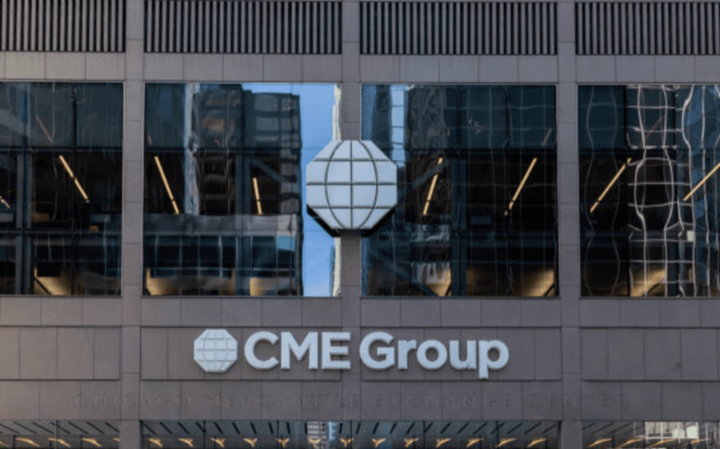
圖片來源:iStock
CME集團公司成立於1848年,當時名為芝加哥黃油和雞蛋委員會,隨後於1919年更名為芝加哥商品交易所(CME)。該公司總部位於美國伊利諾伊州芝加哥。
芝商所(CME Group Inc.)作為一個多元化組織運營,管理多個重要交易所,包括芝加哥商業交易所、芝加哥期貨交易所、紐約商業交易所和商品交易所。截至目前,該公司由首席執行官特里·達菲(Terry Duffy)領導,他是一位行業資深人士,自1981年以來一直在公司工作,逐級晉升至目前的領導職位。
芝商所的所有權分佈在幾個重要股東之間。主要股東包括先鋒集團、摩根大通投資管理公司和資本研究與管理公司。
在其悠久的歷史中,芝商所創下了無數里程碑。其中一些包括:
- 1972年推出金融期貨。
- 該公司於2002年成為第一家在美國上市的交易所。
- 2007年,芝加哥商品交易所和芝加哥期貨交易所合併成立了芝商所集團。
- CME集團於2008年收購了NYMEX,這一發展使他們能夠在其產品中添加能源和金屬。
芝商所的商業模式和產品/服務

圖片來源:iStock
芝商所的業務模式主要圍繞提供一個平台,供金融機構、企業和個人交易者交易期貨合約和衍生品。該公司主要通過交易合約的交易費賺錢,交易費根據產品類型和執行的交易量而有所不同。
此外,該公司還通過市場數據服務向訂閱者出售實時、歷史和其他市場數據來賺取收入。這包括提供交易分析、指數和其他投資工具。
芝商所還從接入費和通信費中獲得收入,這是向會員和非會員收取的連接其電子交易平台的費用。此外,該公司還通過清算和交易費、提供清算交易和降低風險的服務來獲得收入。
主要產品和服務
芝商所提供涵蓋各種資產類別的廣泛產品。其主要產品包括農產品、能源、金屬、利率、外匯(FX)、股票和數字資產(加密貨幣)等資產類別的期貨和期貨期權交易。
其標誌性產品之一是標準普爾500指數的期貨合約和期權交易,該指數被廣泛認為是整個美國股市的基準。該公司也是加密貨幣領域的先驅,於2017年推出了比特幣期貨,最近又推出了以太坊期貨。
芝商所還提供各種其他服務,包括貿易處理、風險管理和市場數據服務,支持其全球客戶群的多樣化需求。
芝商所的財務、增長和估值指標
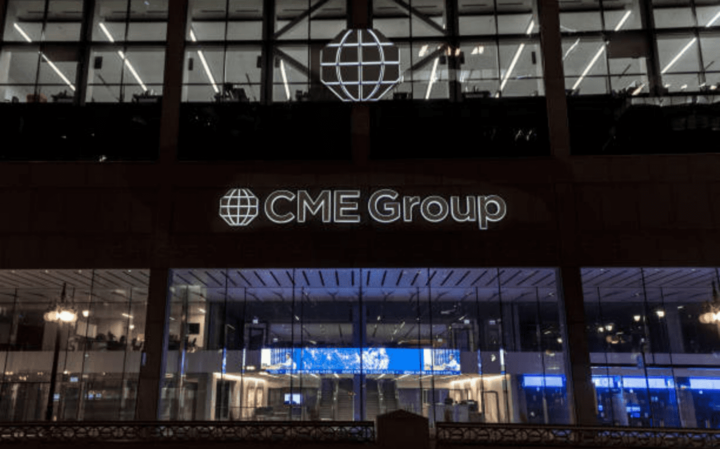
圖片來源:GettyImages
芝商所(CME Group Inc)市值為669.5億美元。截至2023年3月31日的第一季度,芝商所報告營業收入為$0.914B,較去年同期強勁增長6.36%。截至2023年3月31日的一年中,該公司的營業收入為$3.071B,較上一年大幅增長10.48%。
CME集團截至2023年3月31日的季度收入為$1.442B,同比增長7.05%。過去五年,該公司的收入增長軌跡令人印象深刻,從2018年的43.09億美元增至2022年的50.19億美元。截至2023年3月31日,芝商所的淨利潤率保持在55.99%的強勁水平,展現了該公司的其運營的卓越盈利能力。
主要財務比率和指標

圖片來源:iStock
截至2023年7月14日,芝商所的市盈率為22.10,而其主要競爭對手納斯達克的市盈率為18.95,較低。較高的市盈率可以解釋為市場對芝商所未來增長的預期較高。
根據最新的財務報表和股價,芝商所的市銷率(PS)目前為13.0875。此外,CME股票的市淨率(PB)為2.45。相比之下,其競爭對手的比率更高,洲際交易所為2.84,納斯達克為4.01。這表明,與市場和行業相比,芝商所股票的價值可能被低估。
就股票估值而言,芝商所股價為186.13美元,目前比其計算出的公允價值價格193.70美元低3.91%。因此它被低估了。然而,值得注意的是,鑑於相對於193.70美元的公允價值價格的3.91%的相對較小的差異,該股票並沒有被嚴重低估。
CME股票表現分析
CME股票於2002年上市。它在納斯達克證券交易所交易,股票代碼為“CME”。該公司總部位於美國,因此其股票以美元交易。
CME上市的納斯達克的常規交易時間為東部時間上午9:30至下午4:00。然而,投資者也有機會在盤前和盤後時段交易芝商所股票。盤前交易時間為東部時間上午4:00至上午9:30,盤後交易時間為下午4:00至晚上8:00
股票分割:迄今為止,CME股票已進行兩次股票分割,第一次於2012年7月6日進行,第二次於2012年7月23日進行。
股息:CME股票目前的季度股息金額為1.10美元,年度股息收益率為2.36%
芝商所自IPO以來的股價表現
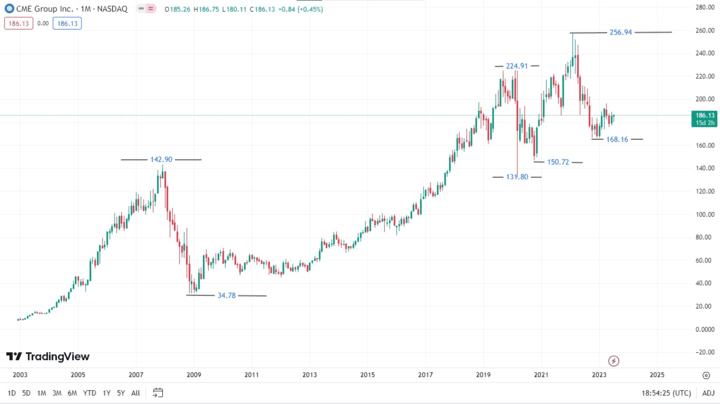
自IPO以來,CME股票價格逐漸上漲,直至達到142.90水平。此後,CME股價大幅下跌,直至觸及34.78水平區域,在此區間震盪一段時間後,再次回升並突破前期高點,創下新高224.91。隨後,CME股價短暫大幅下跌至131.80低點,隨後短暫上漲,最後收於150.72低點。
此後,芝商所股價再次上漲,創下256.94的歷史新高。CME股價隨後下跌,創出更高的低點168.16水平。目前,CME股價在186.13水平附近。
芝商所股價的主要驅動因素
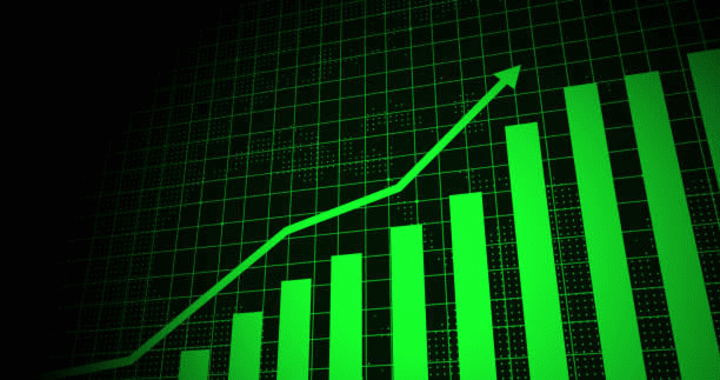
圖片來源:iStock
芝商所是全球衍生品市場的重要參與者。因此,有幾個關鍵因素可以推動芝商所股價的上漲。其中一些因素包括:
- 交易量:作為衍生品交易所,CME的大部分收入來自交易費用,而交易費用與交易量掛鉤。例如,如果地緣政治緊張局勢升級,導致市場不確定性,隨著投資者爭相對沖風險,芝商所平台上的交易量可能會增加。這種活動的增加可能會推高芝商所的收入,並可能推高芝商所的股價。
- 新產品推出:新交易產品的宣布和成功推出可以對CME股價產生積極影響。例如,當芝商所於2017年宣布推出比特幣期貨時,就標誌著進入了一個新市場。由此導致的交易量增加導致芝商所股價上漲。
- 整體市場狀況:芝商所股價還受到金融市場整體健康狀況的影響。在經濟增長和穩定時期,隨著越來越多的實體尋求參與期貨和期權交易,交易量可能會增加,這可能會對芝商所股價產生積極影響。相反,在市場低迷或衰退時期,交易量可能會減少,這可能會對股價產生不利影響。
芝商所股價預測
分析師對芝商所股票的一致建議是強力買入。十六位金融分析師提供了他們對CME股票12個月的價格預測。中值預估為210.00美元,較目前186.16美元的價格有12.81%的潛在上漲空間。CME股票的看漲高點目標為250.00美元,低點預測為155.00美元。
挑戰與機遇
作為金融界的主導企業,芝商所面臨著來自納斯達克、倫敦證券交易所集團(LSEG)、泛歐交易所和洲際交易所(ICE)等其他市場的競爭風險。這些競爭對手的積極發展可能會影響芝商所的股價。
例如,作為金融交易所,CME與其競爭對手不斷爭奪市場份額。納斯達克和倫敦證券交易所集團都擁有強大的全球影響力和廣泛的產品和服務。他們提供證券交易和其他金融服務,例如數據產品、市場技術和上市服務,可以吸引許多客戶。這可能會影響芝商所的股價。
也就是說,CME確實有一些競爭優勢。其中一些包括以下內容:
- 全球影響力和多元化投資組合:芝商所運營的交易所提供涵蓋所有主要資產類別的最廣泛的全球基準產品,包括基於利率、股票指數、外匯、能源、農產品、金屬、天氣和實物的期貨和期權財產。
- 運營效率:CME的電子交易平台Globex是世界上最快、最高效的電子交易系統之一。Globex幾乎每天24小時運營,可實現高交易量和流動性,這是交易者考慮的關鍵方面。
- 創新與技術:芝商所不斷投資於技術,以提高其交易和清算平台的速度、容量和可靠性。這包括實施機器學習、區塊鏈技術和其他先進技術以保持領先地位。
其他風險
可能影響芝商所股價的其他風險包括:
- 監管風險:CME在嚴格監管的行業內運營。與金融領域相關的法律、法規或標準的變化可能會影響公司的運營、利潤和整體市場動態。例如,衍生品的新要求或資本要求的變化可能會改變交易量並影響芝商所股票和收入。
- 市場波動性:交易所行業與經濟和金融市場的整體健康狀況密切相關。經濟低迷、衰退或市場波動較低的時期可能導致交易量減少,從而對芝商所股票和盈利能力產生負面影響。
- 技術風險:在當今的數字時代,網絡安全是所有企業都非常關心的問題,特別是對於像芝商所這樣處理大量敏感金融數據的金融交易所來說。重大安全漏洞可能會損害公司的聲譽和運營,從而可能導致芝商所股價下跌。
成長機會

圖片來源:iStock
- 擴大產品範圍:芝商所可以利用其作為領先衍生品市場的地位,推出滿足新興市場需求的新產品。例如,近年來比特幣期貨和期權的推出解決了對受監管的加密貨幣交易工具不斷增長的需求。
- 技術創新:芝商所對技術和創新的持續投資可以顯著推動未來的增長。隨著金融科技(fintech)、區塊鍊和人工智能的興起,有充足的機會簡化運營、改善交易體驗以及推出新穎的產品和服務。
- 地域擴張:發展中市場存在增長機會,特別是金融市場快速增長的亞洲和非洲。在這些地區建立夥伴關係、合作,甚至新的交易所都可以推動交易量和收入的增長。
未來展望與擴展
鑑於其規模、多樣化的產品供應和強大的技術基礎設施,芝商所已為未來的增長做好了充分的準備。例如,鑑於加密貨幣的接受度不斷提高,芝商所可能會尋求將其在這一領域的產品擴展到比特幣和以太坊期貨之外。此外,隨著金融市場變得更加全球化,芝商所可能會尋求進一步擴大其國際足跡。
為什麼交易者應該考慮芝商所股票
你目前正在考慮交易CME股票嗎?如果你是或正在嘗試確定芝商所股票是否是適合你的投資選擇,那麼以下是你絕對應該將芝商所股票視為投資機會的一些原因:
- 市場領導地位:芝商所提供各種產品,從期貨、期權到掉期。這反過來又吸引了大量的交易者,提供強勁而穩定的收入。
- 創新和多元化:芝商所已經證明了其產品創新和多元化的能力。這表明其在不斷變化的市場環境中適應和發展的能力,這對投資者來說是一個有吸引力的特徵。
- 強勁的財務業績:該公司實現了穩定的財務業績、穩定的收入增長和強勁的盈利能力,這使得芝商所股票成為尋求穩定回報的投資者的有吸引力的選擇。
- 全球擴張和增長機會:隨著國際市場的擴張和新產品的不斷開發,芝商所提供了增長潛力,這可能會隨著時間的推移而增加芝商所的股票價值。
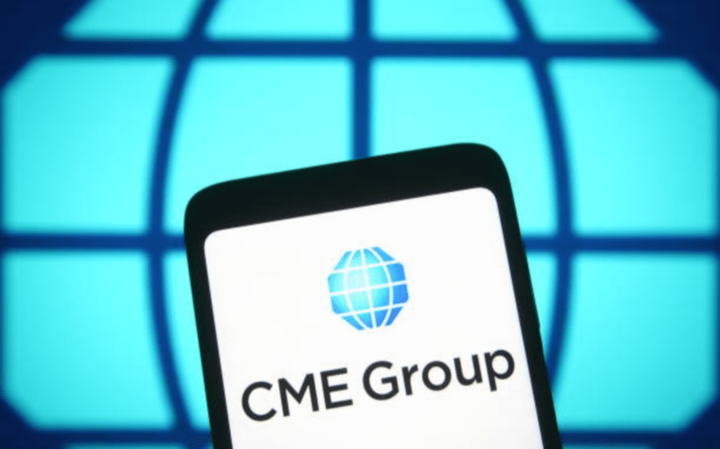
圖片來源:GettyImages
芝商所股票交易策略
你可以採用多種交易策略來交易CME股票,以保證一致的盈利能力和回報。以下是為你提供的一些CME股票交易策略建議:
- 買入並持有策略:芝商所股票的買入並持有策略可能適合長期投資者。該策略涉及購買芝商所股票並長期持有,通常是幾年或幾十年。目的是利用潛在的價格升值和長期股息收入。
- 基本面分析:基本面分析涉及通過檢查相關的經濟、財務和其他定性和定量因素來評估公司的內在價值。對於芝商所而言,這可能包括對財務報表(包括收入、收益、未來增長、股本回報率和利潤率)以及更廣泛的行業趨勢和市場狀況的分析。
- 移動平均線收斂發散(MACD):MACD是趨勢跟踪動量指標,顯示證券價格的兩條移動平均線之間的關係。交易者可能會在MACD穿越信號線時買入CME股票,並在MACD穿越信號線下方時賣出股票。
例如,從下圖中我們可以看到,當MACD線穿過信號線上方時,就標誌著看漲走勢的開始。相反,MACD線與信號線交叉表明潛在的看跌趨勢。
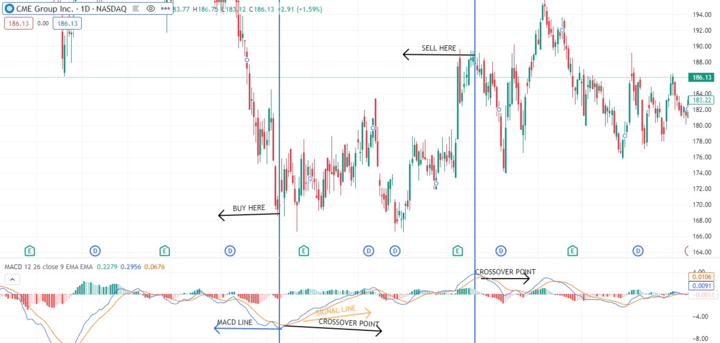
準備開始交易CME股票但不知道如何操作?那麼差價合約就是你的最佳選擇!
差價合約的優點
- 槓桿:差價合約交易允許槓桿,這意味著你無需預先承擔全部成本即可獲得大額頭寸敞口。如果市場走勢對你有利,這可能會增加利潤。然而,如果市場走勢對你不利,它也會放大損失。
- 賣空:差價合約允許賣空,這意味著你可以從價格下跌和上漲中獲利。與傳統股票投資相比,這是一個優勢,傳統股票投資通常只能從價格升值中獲利。
- 進入全球市場:差價合約可以基於多種金融工具,包括來自世界各地的股票、商品、指數和外匯貨幣對。這使得交易者能夠實現投資組合多元化,並進入原本難以進入或成本高昂的市場。
使用VSTAR交易CME股票差價合約
如果你正在尋找差價合約提供商來交易CME股票,那麼VSTAR就是你的最佳選擇之一!VSTAR是一個機構級交易平台,為希望利用差價合約交易的交易者和投資者提供眾多優勢。通過VSTAR交易CME股票的一些優勢包括:
- 深度流動性:VSTAR提供深度流動性,確保訂單可以快速成交,而不會出現大幅價格滑落。這將允許你以所需的價格水平進入和退出交易。
- 全面監管:VSTAR在嚴格的監管準則下運營,旨在保護投資者,提供透明度、問責制並遵守金融市場的最佳實踐。
- 閃電般快速的執行:VSTAR閃電般快速的執行意味著交易可在眨眼間完成。這將幫助你立即利用市場機會,從而有可能提高你的策略的有效性和整體盈利能力。
- 1000多種工具:VSTAR可以使用1000多種交易工具,提供廣泛的投資機會。這將使你能夠在股票、外匯、大宗商品、指數等各種資產類別中實現投資組合多元化,從而分散風險並可能提高回報。
結論
芝商所股票看起來將出現大幅看漲走勢,這使其成為交易者和投資者的完美投資機會。此外,一般分析師一致認為芝商所股票值得大力買入,這只會進一步增加圍繞芝商所股票的積極情緒。立即下載VSTAR,充分利用CME股票的價格波動獲利。
常見問題
1. CME 對股票意味著什麼?
CME 代表芝加哥商業交易所。 它運營著一個大型衍生品交易市場,包括期貨和期權。
2. 芝商所值得買入嗎?
由於其主導市場地位和經常性交易費用收入模式,芝商所(CME 的母公司)普遍被分析師視為一項良好的長期投資。
3. CME公司是做什麼的?
芝商所運營衍生品交易和清算交易所,並向衍生品市場參與者提供數據服務和風險管理工具。 主要產品包括利率、股票指數、能源和商品期貨及期權。
4. CME股票的目標價是多少?
分析師對 CME 股票 12 個月的一致目標價目前約為 225 美元。 個別分析師的目標價範圍為 200 美元至 260 美元。
*免責聲明:本文內容僅供學習,不代表VSTAR官方立場,也不能作為投資建議。







